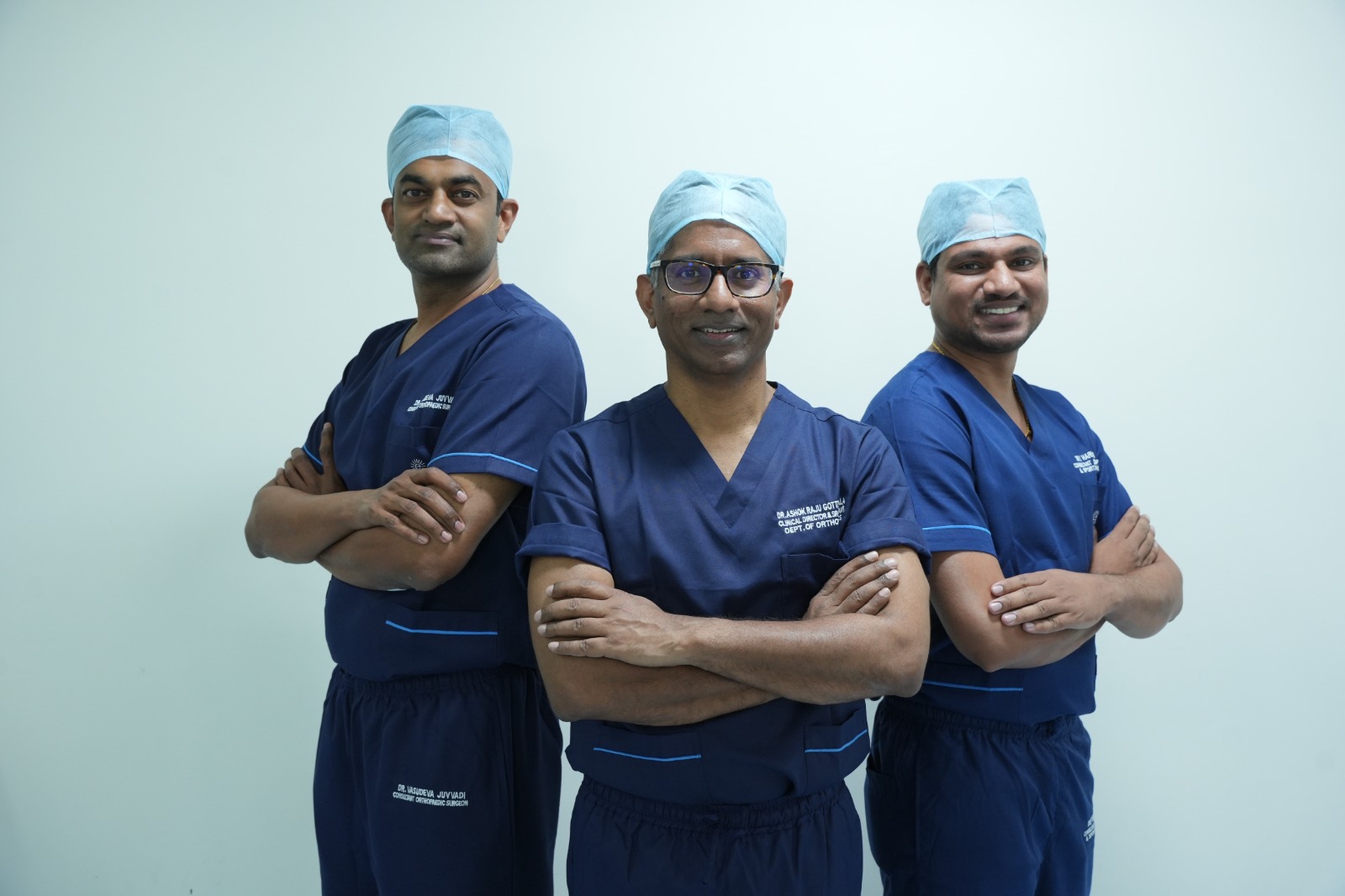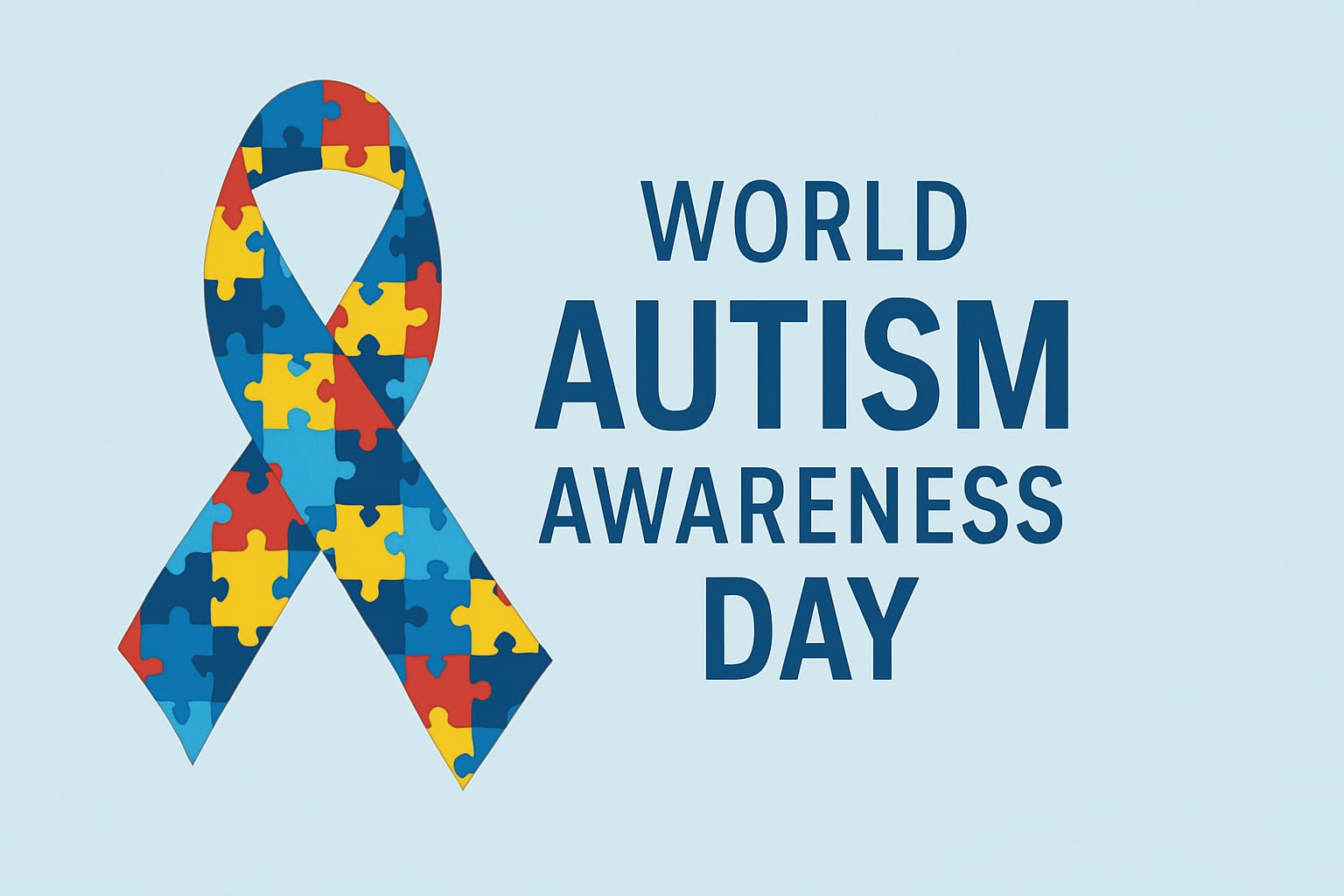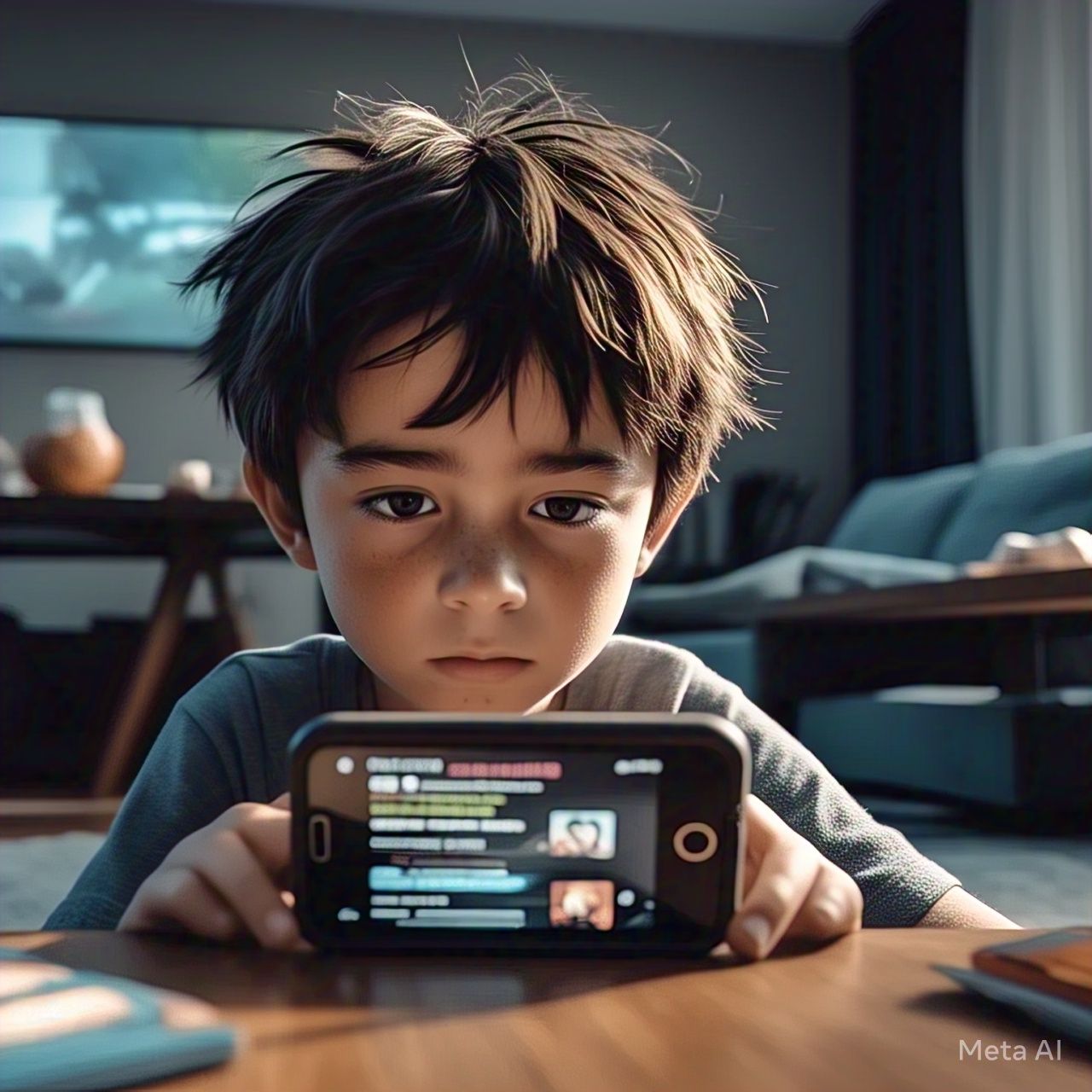The field of eye care has long relied on the skill and expertise of ophthalmologists to diagnose and treat a wide array of conditions, including the serious threat of infectious keratitis (IK), which is one of the leading causes of corneal blindness globally. However, with the growing impact of technology in healthcare, a new chapter is being written where Artificial Intelligence (AI) could soon become a key player in diagnosing eye infections. While AI's role in healthcare is still developing, recent advancements in deep learning (DL) models offer hope for improved diagnostic capabilities, especially in regions where access to specialists is limited.
Infectious keratitis is a condition that, if untreated, can lead to severe vision impairment or even total blindness. Traditionally, diagnosing this condition has been a complex task, requiring trained eye specialists to examine corneal images and determine whether the infection is bacterial, fungal, or another type. But what if machines could help doctors make this process faster and more accurate?
Corneal blindness refers to a variety of conditions that damage the cornea, leading to vision loss or blindness. One of the leading causes of corneal blindness worldwide is infectious keratitis, a condition where the cornea becomes infected due to bacteria, fungi, or viruses. Diagnosing and treating it in time is crucial to preventing irreversible damage to the eye. However, in many regions, particularly in low- and middle-income countries, there are not enough trained ophthalmologists to meet the growing demand for eye care.
Enter artificial intelligence. The use of AI in diagnosing eye conditions has grown steadily over the years, but only recently has it shown potential in diagnosing infectious keratitis with remarkable accuracy. A recent study led by Dr. Darren Ting at the University of Birmingham reviewed multiple deep learning models capable of identifying this condition. The results were staggering AI demonstrated a diagnostic sensitivity of 89.2% and specificity of 93.2%, almost on par with experienced eye specialists.
In this study, AI models analyzed over 1,36,000 images of the cornea, helping identify different types of infectious keratitis, including bacterial and fungal infections. For context, sensitivity refers to the model’s ability to correctly identify those with the disease, while specificity measures its ability to correctly identify those without it. Ophthalmologists, in comparison, had a sensitivity of 82.2% and a specificity of 89.6%, indicating that AI could potentially assist or even surpass human performance in specific cases.
This leap in AI’s diagnostic capability doesn’t just provide accuracy; it offers the promise of faster results. In eye care, time is of the essence. The sooner a condition like infectious keratitis is identified, the sooner treatment can begin, preventing potential blindness. AI’s ability to quickly analyze thousands of images could revolutionize how we handle eye infections, particularly in underserved regions.
One of the most exciting aspects of AI technology in diagnosing corneal blindness is its potential to bring advanced care to regions with limited access to eye specialists. In countries where healthcare resources are scarce, millions of people suffer from preventable conditions simply because they cannot get a diagnosis in time. According to global health estimates, low- and middle-income countries are disproportionately affected by corneal blindness, where timely medical intervention is often a luxury.
The advent of AI in this space could change that dynamic significantly. AI-based tools can assist healthcare workers, even in remote locations, to make faster, more accurate diagnoses of infectious keratitis, potentially reducing the number of cases that go untreated. As Dr. Ting pointed out, AI's ability to provide quick and reliable results could prevent numerous cases of blindness globally.
Imagine an AI system available in rural clinics, where healthcare workers, with limited training, can capture corneal images and feed them into an AI diagnostic tool. Within minutes, they could have a reliable diagnosis, allowing them to take immediate action. Such a system could reduce the burden on healthcare systems in these regions and save countless individuals from the devastating consequences of untreated eye infections.
While the promise of AI is undeniable, the journey to fully integrating it into medical practice is not without challenges. The study led by Dr. Ting showed impressive results, but the authors also highlighted the need for more diverse data. The majority of the images used to train the AI models came from well-resourced settings, often with high-quality imaging technology. To ensure AI can be used in different global contexts, it needs to be tested on a broader range of data, including images from low-resource settings where the quality of equipment may not be as high.
Additionally, AI models can sometimes struggle with "edge cases" situations that are unusual or not represented well in the training data. For instance, a rare type of fungal keratitis might be harder for an AI model to detect if it hasn’t encountered enough examples during its training. Therefore, AI tools need to be continually updated with new data and tested to ensure their reliability across all types of infections and imaging conditions.
Another challenge lies in the practical application of AI in real-world clinical environments. Even if AI tools demonstrate impressive accuracy in controlled studies, the reality of implementing them in busy clinics or rural health settings can be more complicated. Issues such as the cost of technology, the need for reliable internet access, and the training of healthcare workers to use these AI tools can all pose barriers to widespread adoption.
Looking beyond the immediate diagnostic capabilities, AI could offer even more benefits to the field of ophthalmology. For example, AI models could be used not only to diagnose infectious keratitis but also to predict which patients are at the highest risk of developing severe complications. By analyzing patterns in large datasets, AI could help doctors identify risk factors that may not be obvious through traditional methods, allowing for more personalized treatment plans.
AI could also play a role in monitoring patients over time. In regions where regular follow-up visits are difficult, AI-powered apps could allow patients to upload new images of their corneas, which could be automatically analyzed for signs of improvement or worsening infection. This could enable remote monitoring, helping doctors keep track of patients conditions without the need for frequent in-person visits.
Moreover, AI could be used in training future ophthalmologists. By creating AI-driven simulations that replicate real-world diagnostic challenges, medical students could gain valuable experience in diagnosing eye conditions before they even enter a clinic.
Artificial intelligence holds huge promise for the future of eye care, particularly in diagnosing and managing infectious keratitis. Its ability to provide fast, reliable diagnoses could make a significant impact in regions where access to specialists is limited, helping to reduce cases of preventable blindness worldwide. However, to realize this potential, more work is needed to ensure that AI models are trained on diverse datasets and can be integrated into clinical practice effectively.
As we look to the future, it’s clear that AI will not replace eye specialists, but it will likely become a valuable tool in their arsenal. By combining the strengths of human expertise with the power of AI, we can create a healthcare system that is more efficient, more accessible, and better equipped to prevent blindness.
Infectious keratitis may be just the beginning. With AI continuing to evolve, its role in diagnosing and treating eye diseases and many other health conditions is set to grow. The potential for AI to change the landscape of global healthcare is vast, and we are only just scratching the surface of what is possible.

 By combining the strengths of human expertise with the power of AI, we can create a healthcare system that is more efficient, more accessible, and better equipped to prevent blindness.
By combining the strengths of human expertise with the power of AI, we can create a healthcare system that is more efficient, more accessible, and better equipped to prevent blindness.










.jpeg)

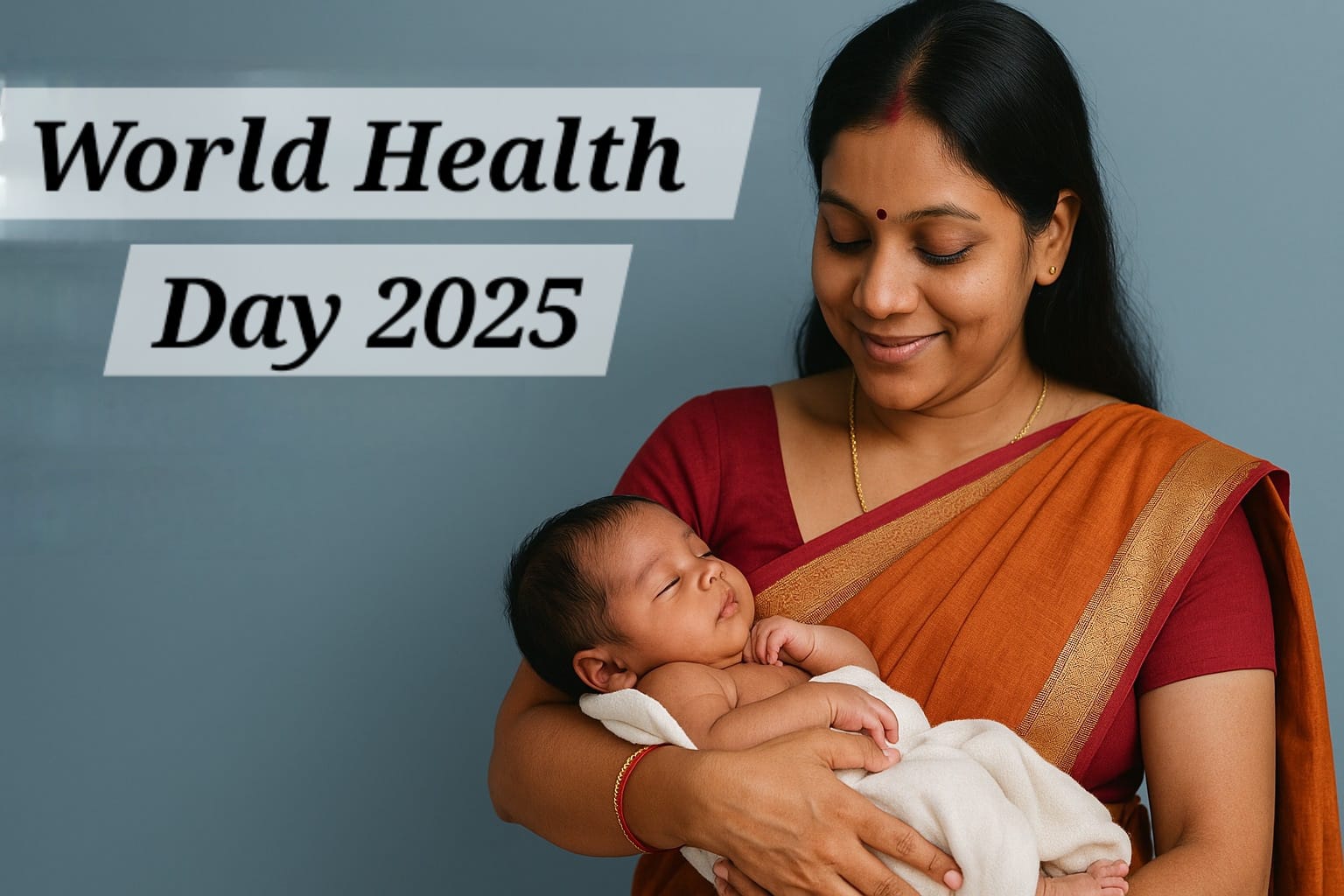
.jpeg)

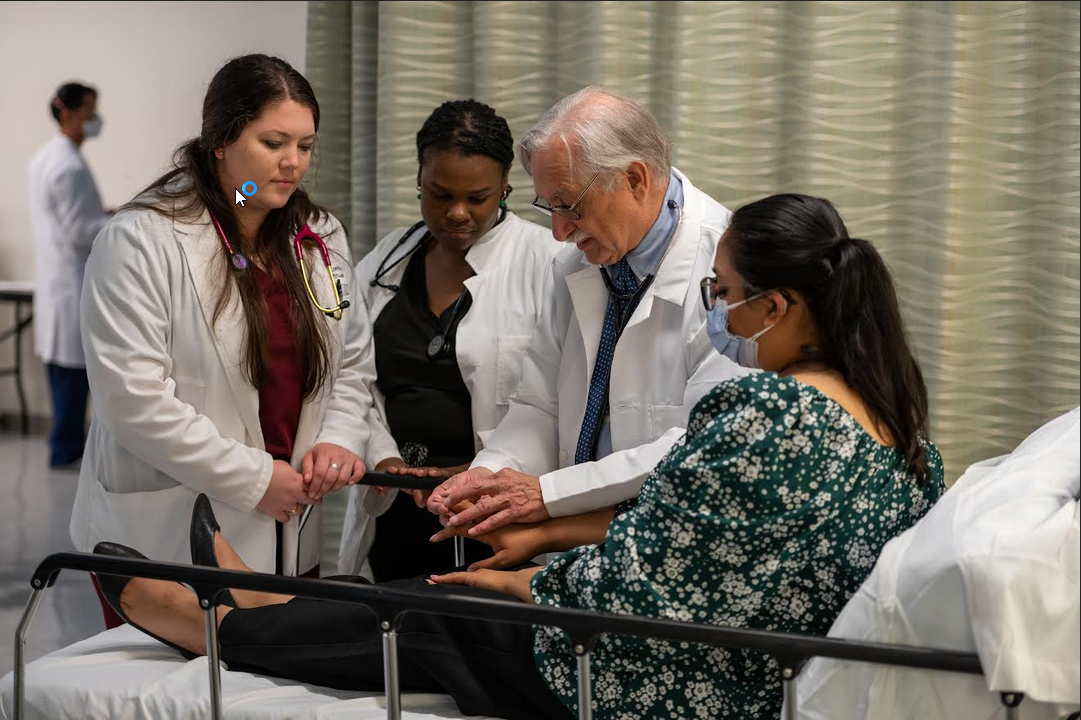

.jpeg)
.jpeg)
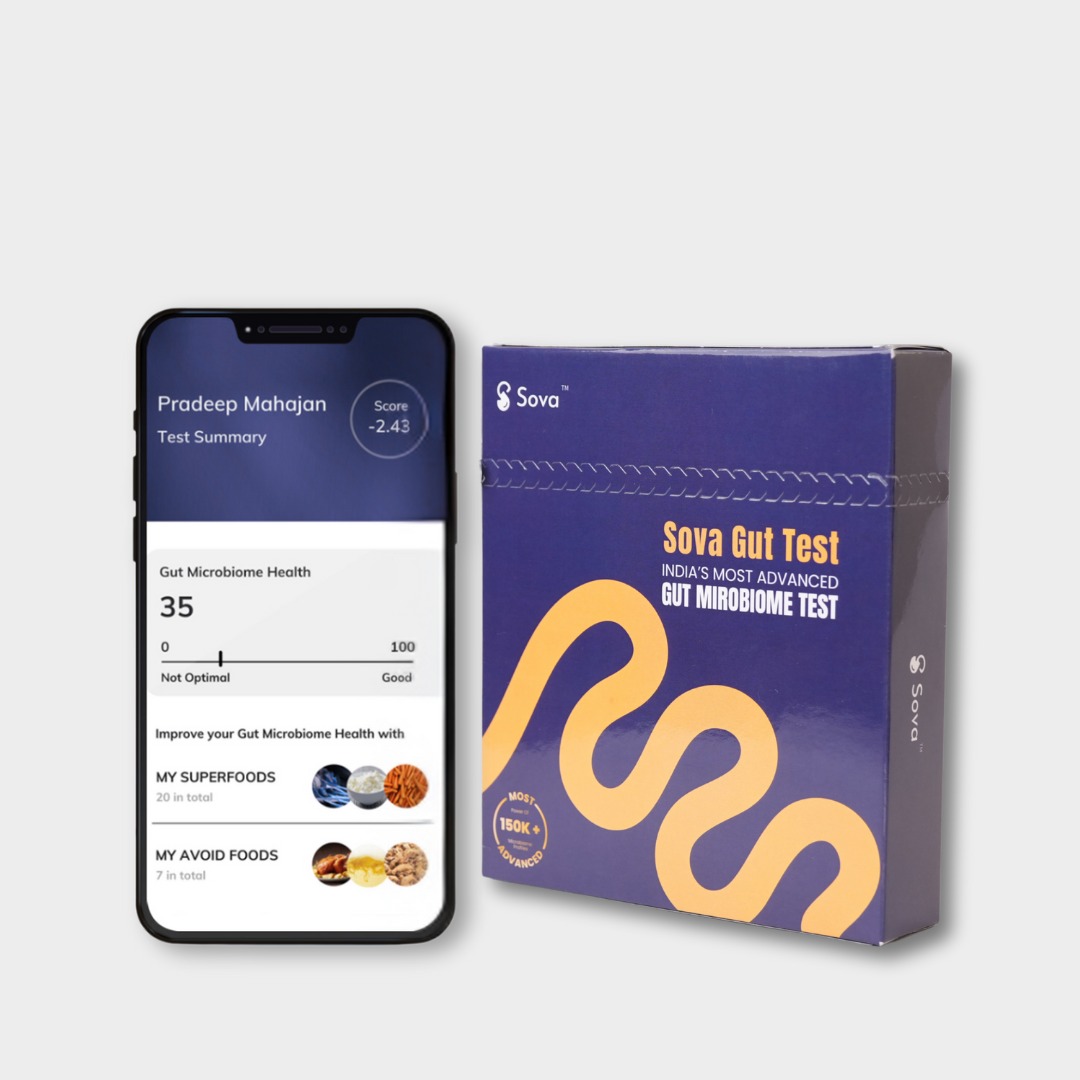



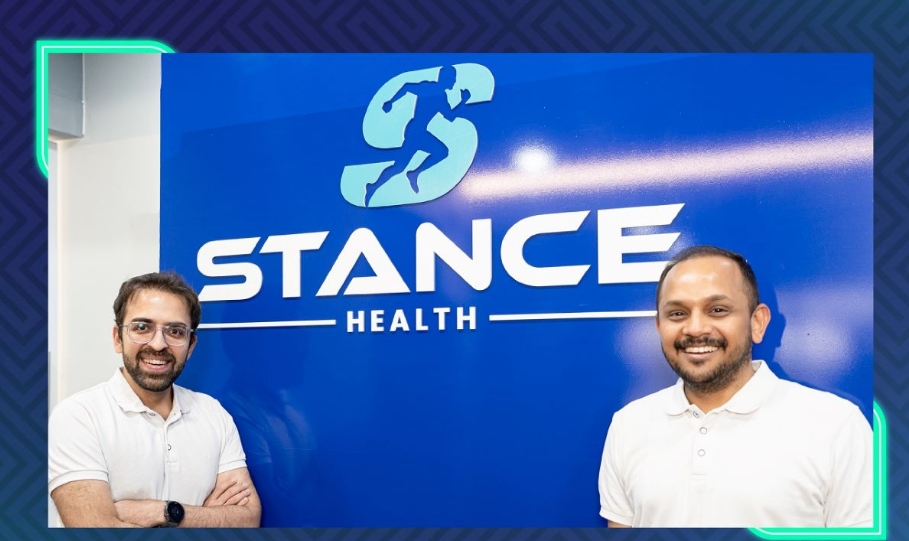

.jpeg)


